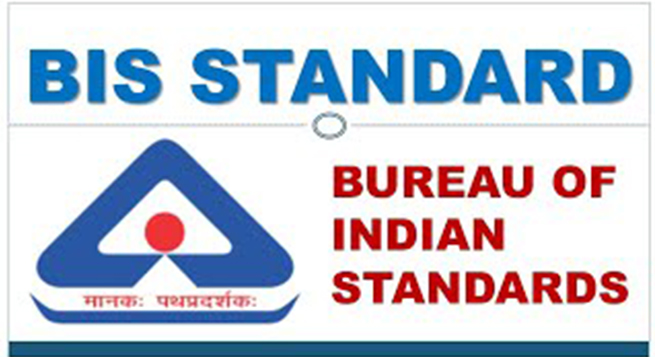The Bureau of Indian Standards (BIS) has published the norms for digital television receivers with built-in satellite tuners, amongst three significant Indian standards in the area of electronics, facilitating easy viewing of free TV, especially those channels belonging to pubcaster Prasar Bharati.
The Indian standard IS 18112:2022 specification is for television with built in satellite tuners. TVs manufactured as per this Indian standard would enable reception of free-to-air TV and radio channels just by connecting a dish antenna with LNB (low noise box) mounted at a suitable place like the rooftop or side wall of a building.
This would facilitate transmission of knowledge about government initiatives, schemes, educational content of Doordarshan and repository of Indian culture programmes to reach and benefit a wide segment of population in the country, the government said in a statement Monday.
At present, TV viewers in the country need to purchase a set-top box for viewing various pay and free channels. The viewer is required to use set-top-box even for the reception of FTA TV channels (non-encrypted) transmitted by Doordarshan. Now, the pubcaster is in the process of phasing out analog transmission to go digital via satellite.
To enable the reception of these free to air channels without use of set-top-box, there is a need for television receivers with inbuilt suitable satellite tuners.
The second standard is the Indian norms for USB Type C receptacles, plug and cables. Bureau of Indian standards has published Indian standard IS/IEC 62680-1-3:2022 USB Type-C cable and connector specifications. This Indian standard is the adoption of the existing international standard IEC 62680-1- 3:2022.
This standard provides requirements for USB type-C port, plug and cables for use in various electronic devices like mobile phones, laptops, notebooks, etc.
The government said this standard would provide common charging solutions for the smartphones and other electronic devices sold in the country, facilitating reduction in number of charger per consumer as people will no longer need to buy different chargers every time they buy a new device.
This would also help in achieving the government’s mission to reduce e-waste and move towards sustainable development.
The third standard is for video surveillance systems. The IS 16910 series of standards is an adoption of the International standard IEC 62676 series.
However, the government didn’t specify when the three standards will be made effective.
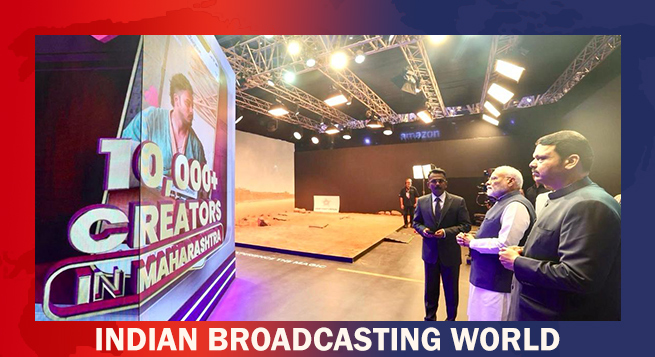 MIB to unveil M&E sector statistical handbook today at WAVES
MIB to unveil M&E sector statistical handbook today at WAVES 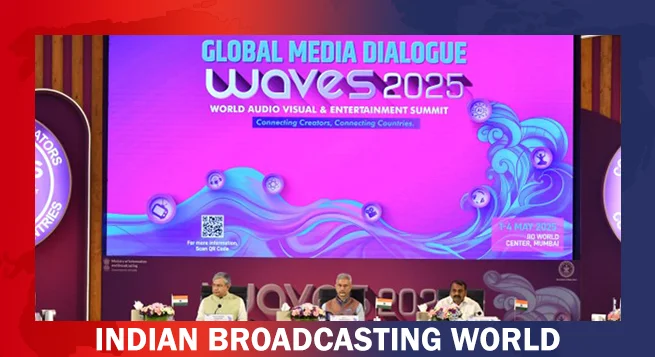 WAVES 2025: Media dialogue backs creativity, heritage & ethics in AI Era
WAVES 2025: Media dialogue backs creativity, heritage & ethics in AI Era 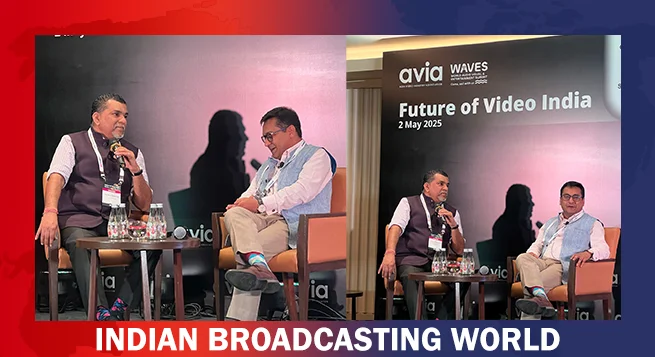 Pay TV leaders chart course for India’s linear TV in digital age
Pay TV leaders chart course for India’s linear TV in digital age 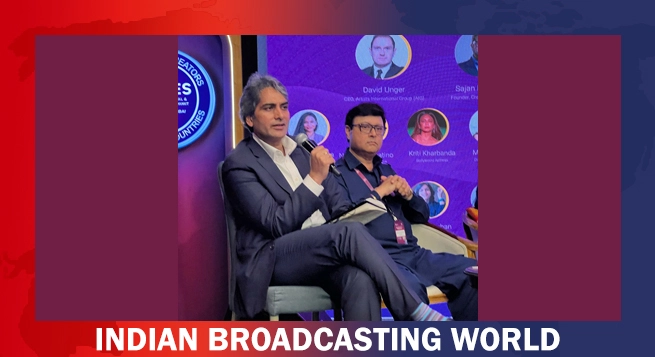 Sudhir Chaudhary announces new show for DD News, says “Good content still has a place” at WAVES 2025
Sudhir Chaudhary announces new show for DD News, says “Good content still has a place” at WAVES 2025 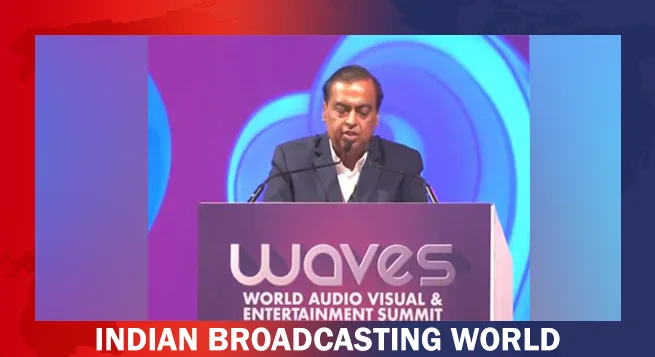 India can lead global entertainment revolution: Mukesh Ambani
India can lead global entertainment revolution: Mukesh Ambani 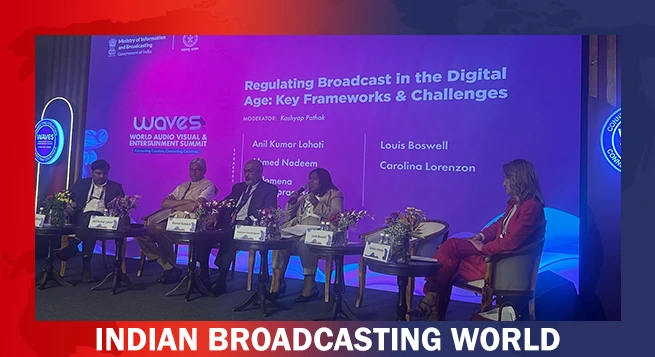 TRAI chief not in favour of separate rules for OTT, legacy b’casters
TRAI chief not in favour of separate rules for OTT, legacy b’casters 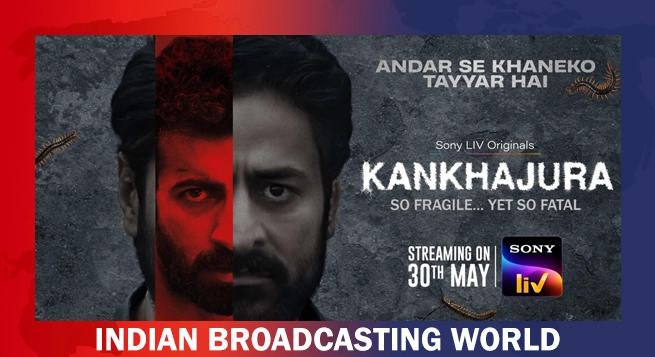 ‘KanKhajura’ start streaming on Sony LIV from May 30
‘KanKhajura’ start streaming on Sony LIV from May 30 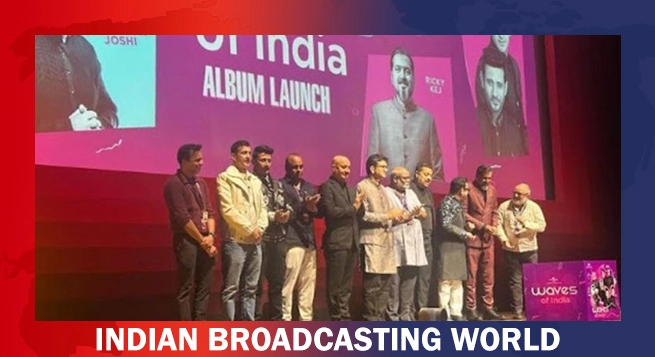 Koyal.AI debuts at WAVES 2025, set to revolutionise music videos with GenAI
Koyal.AI debuts at WAVES 2025, set to revolutionise music videos with GenAI 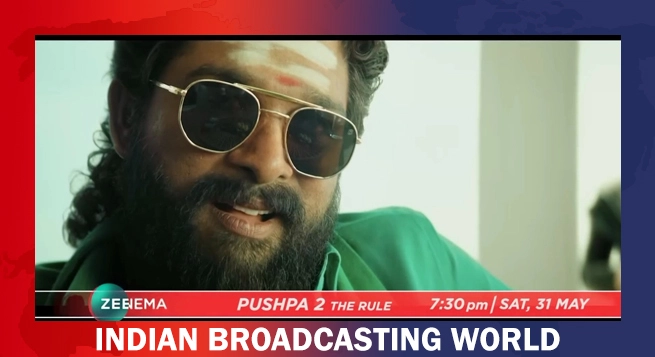 Zee Cinema to premiere ‘Pushpa 2: The Rule’ on May 31
Zee Cinema to premiere ‘Pushpa 2: The Rule’ on May 31 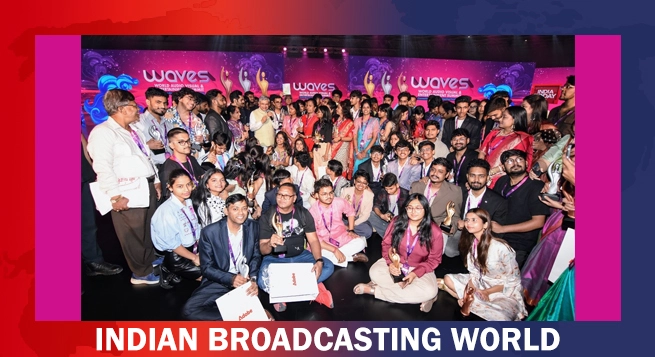 ‘Create in India Challenge’ S1 honours global talent at WAVES
‘Create in India Challenge’ S1 honours global talent at WAVES 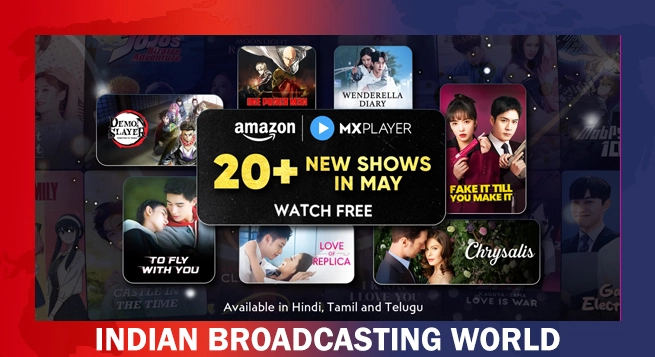 Amazon MX Player adds 20+ dubbed international titles
Amazon MX Player adds 20+ dubbed international titles 


